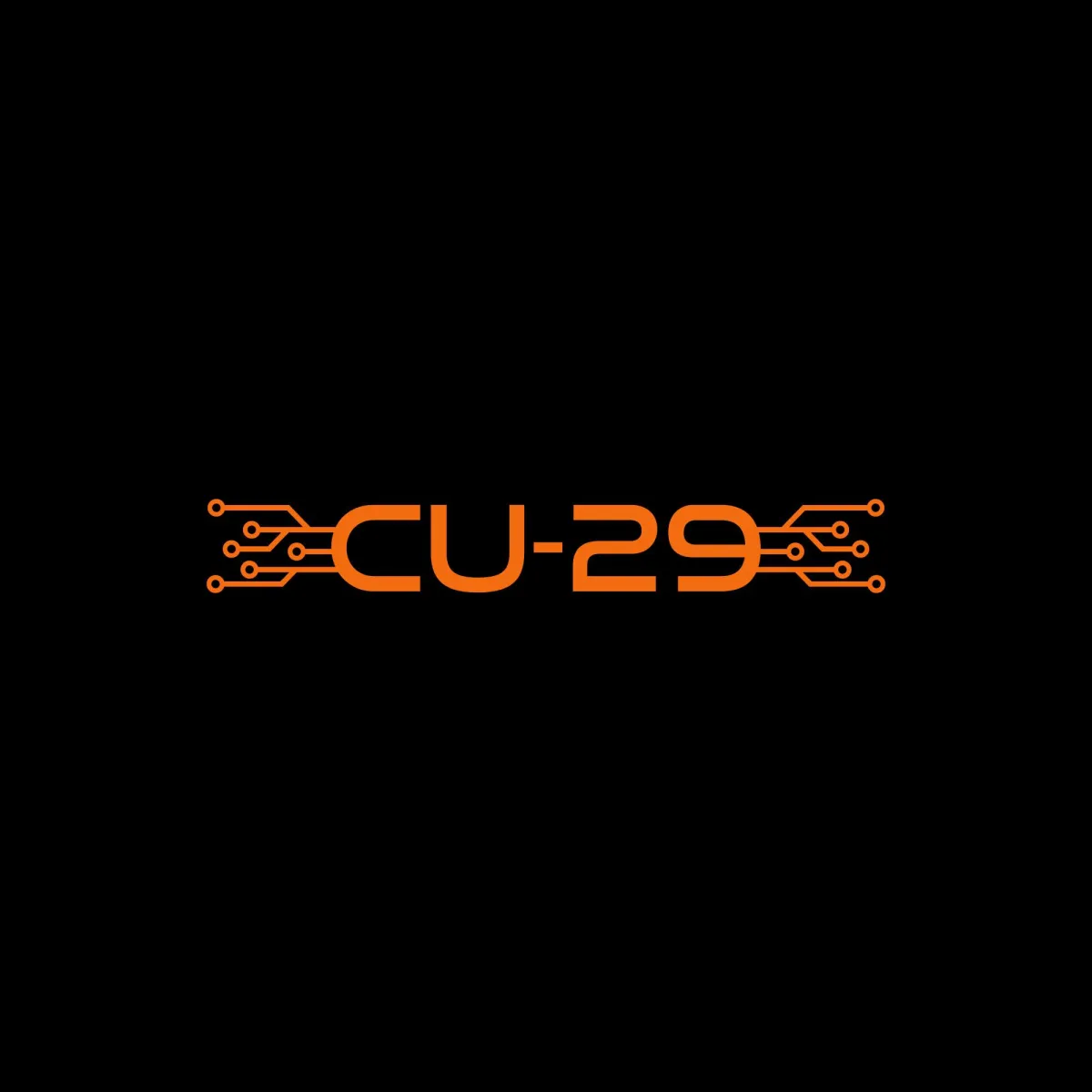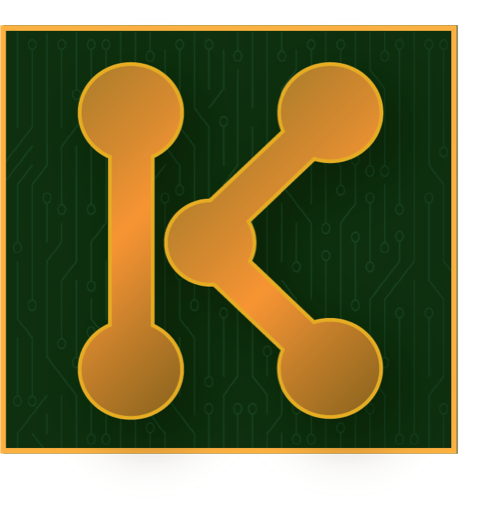
Our Cu-29 filament is more than 80x more conductive and significantly more cost-effective than its closest competitor. The resistivity is tested at 0.0000743 ohm/cm vs. 0.006 ohm/cm. It is compatible with the most common Fused Filament Fabrication (FFF/FDM) 3D Printers.
Pre Order Cu-29 - Until March 31st!
Don't miss out on the opportunity to get your hands on Cu-29, the world's most
highly conductive 3D printer filament! We're starting our pilot production run,
and Cu-29 will be ready to ship early in Q2.
Due to the compounding effects of inflation in the last year, we have had to
reassess our price point and account for higher costs.
But here's the good news:
We have previously stated that we would launch Cu-29 at a price point of $2500
for a 1kg spool - and we're honoring that price for all orders placed before
midnight on 31 March 2023. Take advantage of this limited-time offer now!
Simply select your filament diameter and quantity from the pre-order form and
submit your order. Don’t miss out on this exclusive opportunity to get the
highest quality conductive filament for a fraction of the cost.
The process of AM is colloquially
referred to as 3D printing, utilizing
techniques that build up a structure.
Material Extrusion which is the most
common form of AM is further broken down
into two main methods FFF and
stereolithography (SLA). Each method has
its advantages with FFF having a wider
range of materials and SLA permitting a
higher resolution detail. FFF style printing
typically uses filaments that are melted
through an extruder head to be laid down
onto a surface. Typical printer heads are
able to generate a maximum temperature of
about 260°C to 300°C. This process
heavily favors the use of thermoplastics to
create their structures. Electrically
conductive filaments have been generated
and are available in the market but require
post processing (which can easily ruin a
print); to reach viable resistivity.
The plastic acts as a scaffold and carrier for
the desired conductive material, but
consequently introduces high resistivity.
The post processing method involves curing
the print in a vacuum oven to remove the
carriers and additives but can inadvertently
degrade the metal it is trying to precipitate
thus ruining the print.
The Kupros all metal filament avoids all of these problems.

Get In Touch
We want to hear from you. Contact us today to learn more about our business and how you can benefit from working with us.
Or if you want to preorder our future products.
info@kuprosinc.com
99 W Washington St., Loogootee, Indiana, 47553






